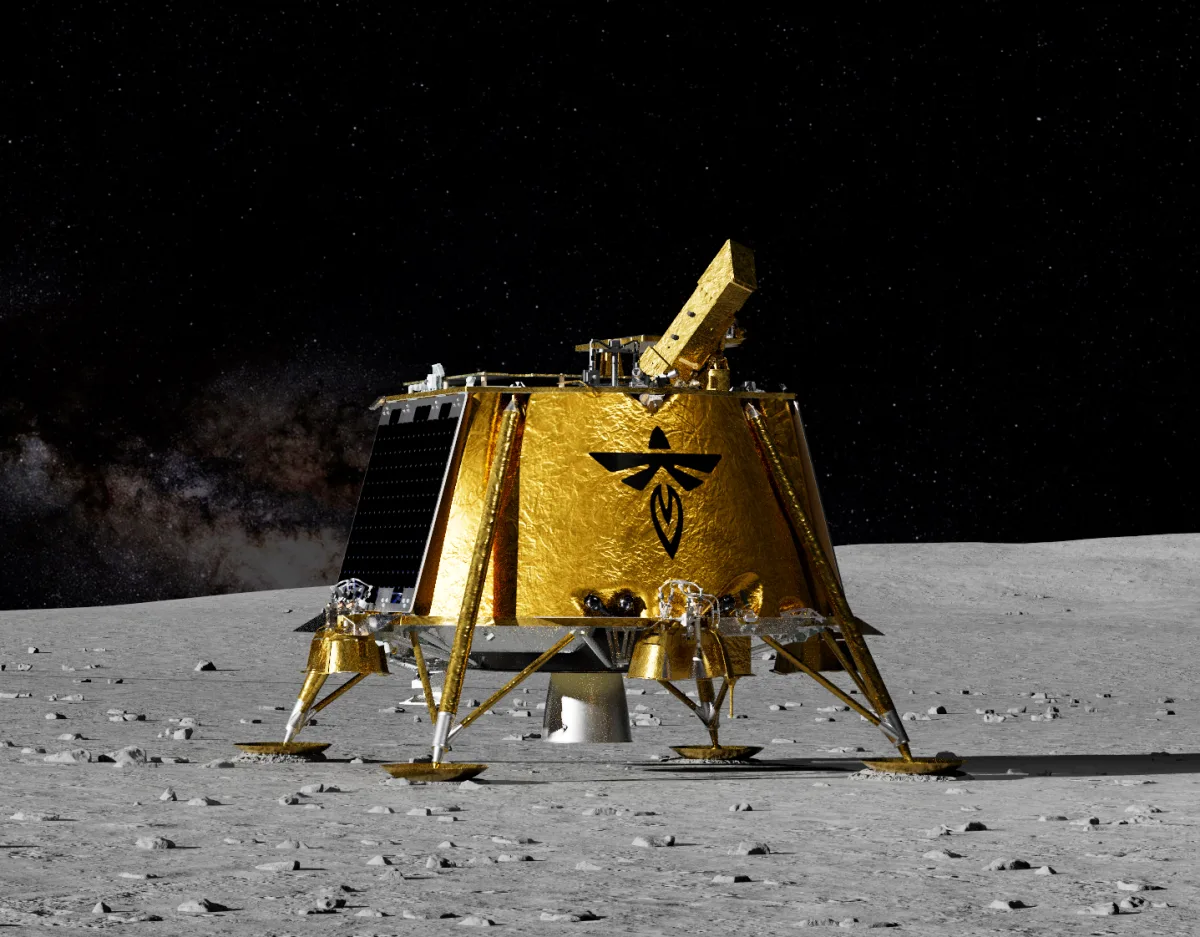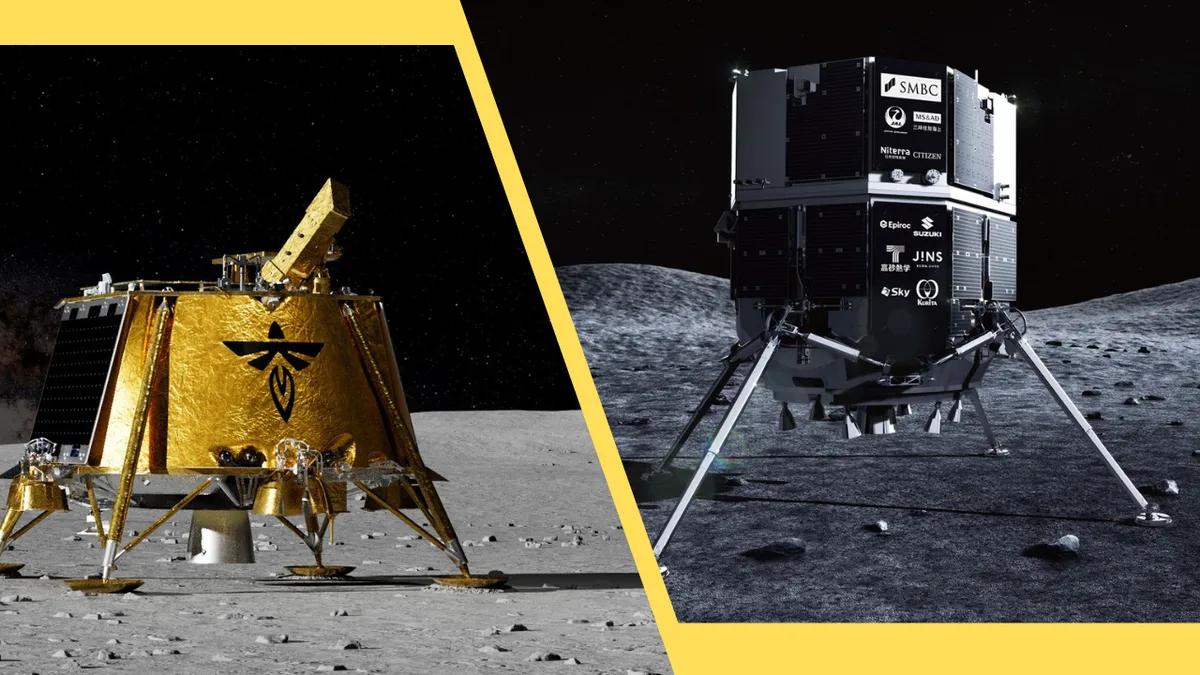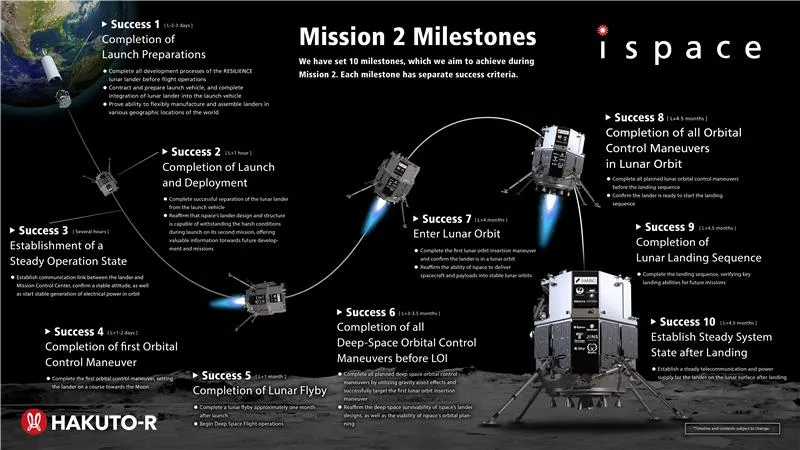SpaceX launches dual Moon missions in historic 100th flight from Kennedy Space Center. Firefly’s Blue Ghost and Japan’s Resilience landers begin groundbreaking journey to explore lunar surface.

FLORIDA, January 16, 2025 – In a groundbreaking event for space exploration, SpaceX successfully launched two private lunar landers, Blue Ghost from Firefly Aerospace and Resilience from Japanese company ispace, aboard a Falcon 9 rocket from Launch Complex 39A at NASA’s Kennedy Space Center. This mission marks SpaceX’s 100th launch from this historic pad and signifies a new era in lunar exploration through commercial ventures.

The launch, which occurred at 1:11 a.m. EST, was not just a spectacle but a pivotal moment for humanity’s return to the Moon. Blue Ghost, carrying ten NASA payloads, is set to land in Mare Crisium, aiming to conduct experiments that will further our understanding of lunar geology and the harsh lunar environment. Among the payloads are instruments to study space weather impacts on Earth, a radiation-tolerant computer system, and a next-generation lunar retroreflector for precise distance measurements between Earth and the Moon. Watch SpaceX launched a pair of lunar landers for U.S. and Japanese companies.
Simultaneously, Resilience, on its second lunar journey, promises to explore Mare Frigoris with its mini-rover and other scientific tools, including experiments to produce oxygen and hydrogen from lunar soil. This mission is a testament to the growing international collaboration in space, with Japan’s ispace contributing to the burgeoning lunar economy.
The significance of this launch extends beyond the scientific payloads; it represents a shift towards a more commercially-driven space exploration paradigm. By leveraging the capabilities of private enterprises like Firefly Aerospace and ispace, NASA, through its Commercial Lunar Payload Services (CLPS) program, is paving the way for sustainable lunar exploration. This approach not only reduces costs but also fosters innovation and competition in space technology, which could accelerate humanity’s plans for lunar bases and, eventually, Mars missions. Watch the entire launch and booster landing here.

The launch also underscores the importance of the Moon as a stepping stone for deeper space exploration. The data and technologies tested on these missions could be crucial for future Artemis program missions, where humans aim to return to the Moon’s surface, establishing a long-term presence that could serve as a launchpad for Mars exploration.
For those eager to witness this historic moment, SpaceX has made available a video of the launch and photos of the event , capturing the awe-inspiring moment when these landers embarked on their journey to the Moon.
This launch is not just an achievement for SpaceX but a beacon for humanity’s ongoing quest to explore, understand, and one day inhabit our closest celestial neighbor, the Moon.




